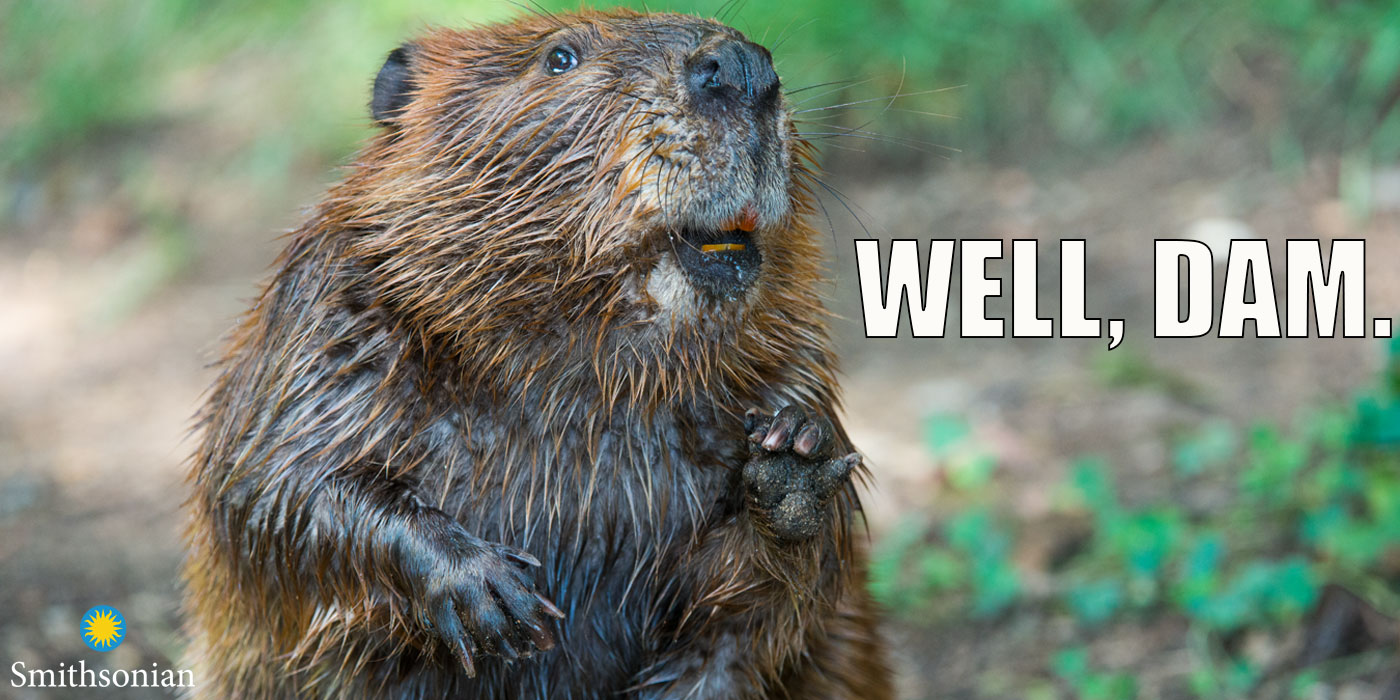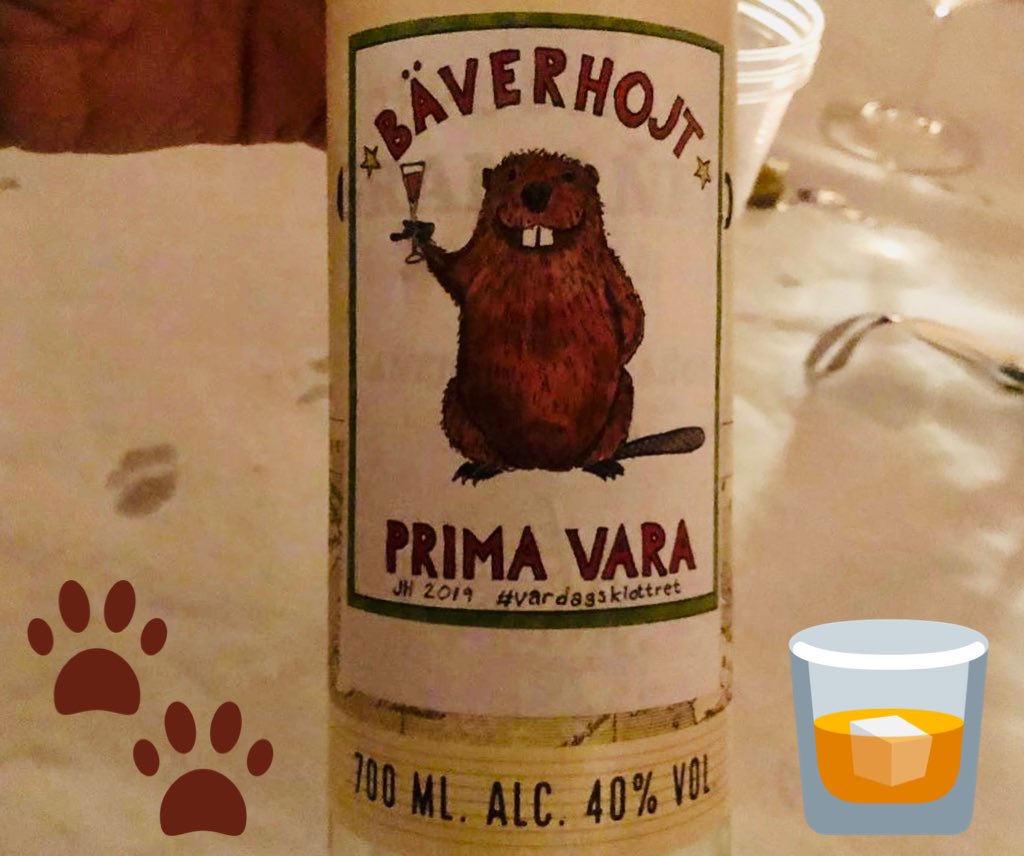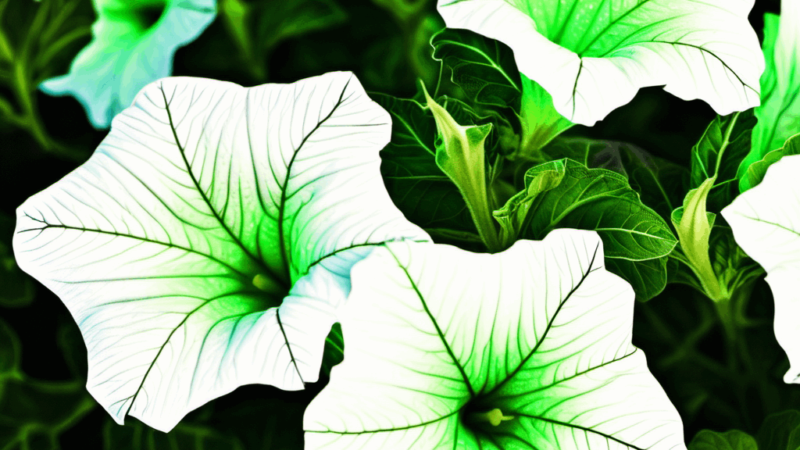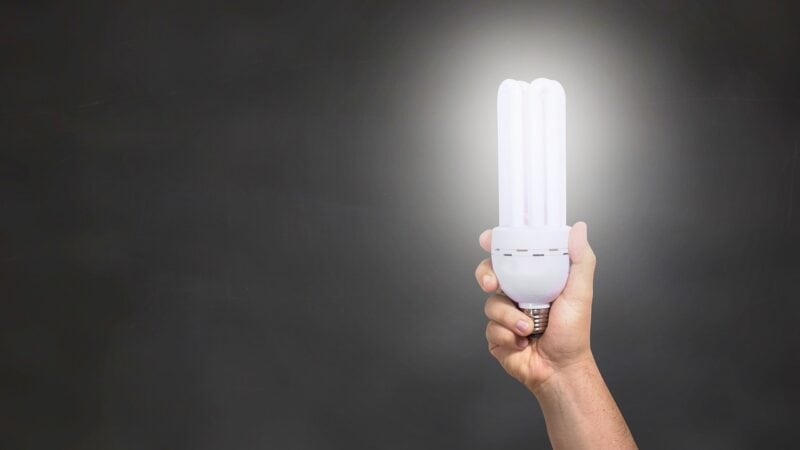Some vanilla flavouring comes from beavers’ bums

If you place your nose by the rear end of a beaver, you’ll notice a pleasant vanilla-like scent. This comes from the castor glands, found just next to the anal glands. Beavers produce a gooey substance called castoreum which, together with urine, they use to mark their territory.
The substance is extracted either by sedating and “milking” the beaver or by killing it and drying and mascerating the sac scent glands (and their secretions).
Beavers’ anal glands smell sweeter than other animals’. This is because they don’t have odor producing bacteria due to their unique diet of leaves and bark.
“You can milk the anal glands so you can extract the fluid,” Crawford said. “You can squirt [castoreum] out. It’s pretty gross.”
Joanne Crawford, a wildlife ecologist at Southern Illinois University
What is castoreum used for?
Castoreum is a fragrant brown slime emitted from the beavers’ behinds. It has been used as a food additive for over 80 years and is approved by the American Food and Drug Administration who deem it safe for human use. It is used in vanilla desserts and dairy products. It has also been used extensively in perfumes such as Chanel Antaeus and is noted for its ‘leathery’ scent.
In Sweden castoreum is used for the alcoholic schnapps drink, known as “Bäverhojt” (beaver shout).

What’s the difference between vanilla essence, vanilla extract, vanilla pods and vanilla flavouring?
- Vanilla essence – artificial flavourings and colourings
- Vanilla extract – Vanilla beans in ethyl alcohol and draining off the liquid extract
- Vanilla pods – The fruits of orchid plants of the Vanilla genus
- Vanilla flavouring – Can be made from a secretion from the anal glands of beavers
How much of vanilla flavouring comes from beavers?
Towards the end of the 19th century, beavers were nearly hunted to extinction for their vanillery behinds. But nowadays scientists have discovered how to synthesise vanillin, which accounts for 94% of vanilla flavouring used in food products.
Castoreum is only used a in a fraction of foods today. Nowadays, only 136kg of vanilla food flavouring comes from beavers’ butts, compared to 1180 tonnes of artificial vanillin.
3 Bonus facts about beavers
- Beavers are a keystone species – By felling trees and making dams they create habitats upon which thousands of other species depend
- Beavers are the second largest rodent in the world – The largest is the capybaras
- Beavers’ teeth never stop growing – They have to keep gnawing all the time to stop them from growing too big

Useful links about vanilla and beavers:
The Independent – From opium to beaver anal secretions, here’s what’s in your food
National Library of Medicine – Safety assessment of castoreum extract as a food ingredient
National Geographic – Beaver Butts Emit Goo Used for Vanilla Flavoring






